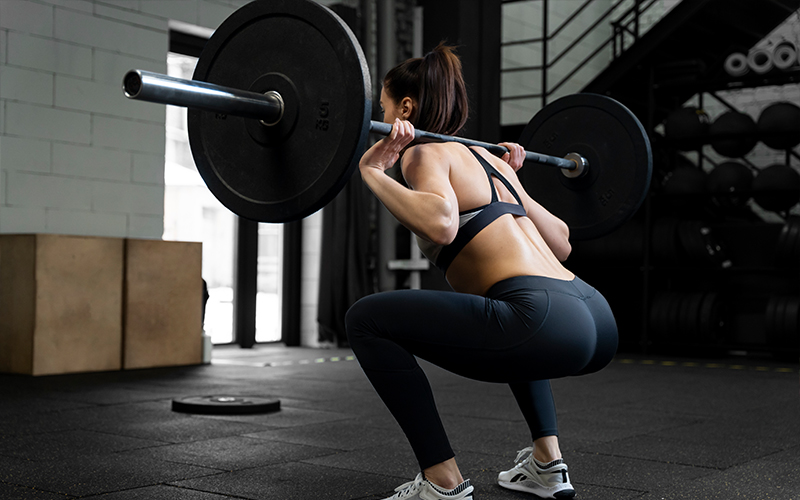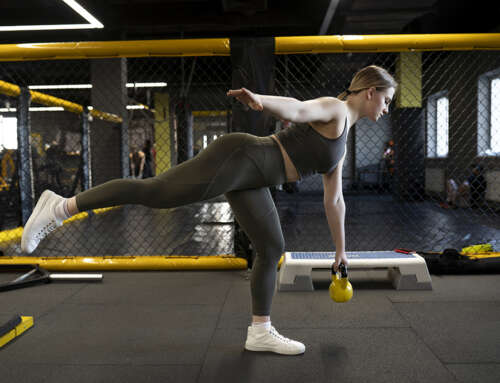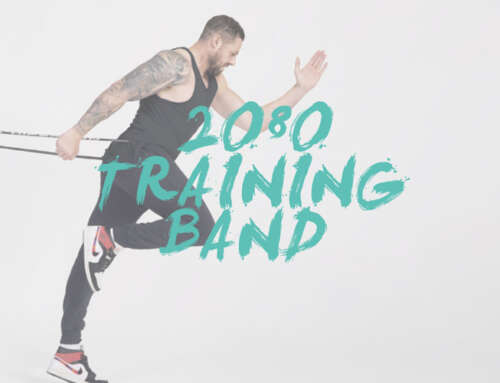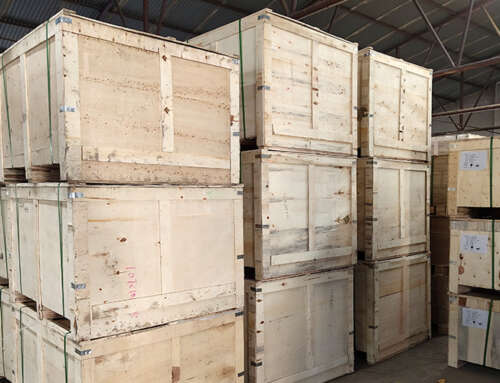Weight Range – Weight plates are designed for weightlifting purpose, so weight is surely a key consideration. And do remember, you’re not only lifting weight plates, you’re also lifting them with the bar. So consider the weight of the barbell when stocking up.
Diameter – Since you are using weight plate with a barbell, make sure the weight plate you choose will fit on your barbell. Most barbells are either 1 or 2 inches in diameter, thus most weight plates are designed with a 1 or 2 inch hole in the center.
Material – Most weight plates are of cast iron material, and some are made of rubber, some others are made of rubber-coated cast iron.
Cast iron weight plates, in general, tend to be less expensive, because the fact that iron plates are much less durable than bumpers. Good thing is iron plates are thinner when compared with bumper plates, thus are preferred by powerlifters who want to load as much as weights on the bar. But these plates limit only for powerlifting & not ideal for weightlifting, because of the clanging sound and not capable of withstanding the overhead drops.
Rubber bumper plates, all the bumper plates are having a uniform size, each plate hits the floor at the same time, which reduces the amount of bounce the bar has when dropped. Also, many people choose to use bumper plates for deadlift because the rubber ones won’t make as much noise whilst dropped. The workouts that require a focused & quick lifting like a snatch or clean & jerk which incurred with overhead droppings, bumpers will take care of it & assures your safety by eliminating the disturbance of sound during your lifting with no worry of damaging the plates as well as your platform.
If you are looking for Olympic Bumper Plates or Cast Iron Plates, pls check our product category accordingly.





